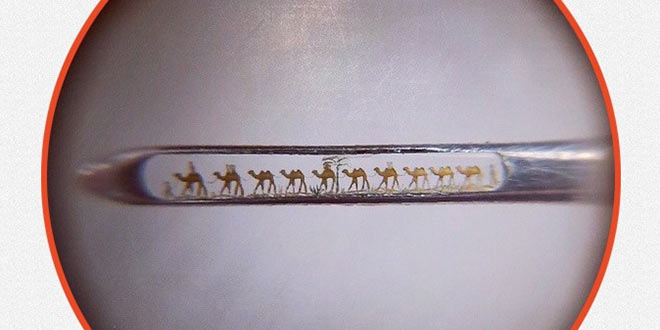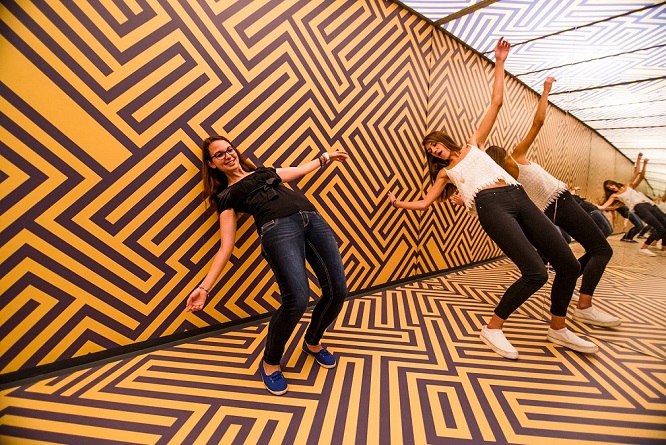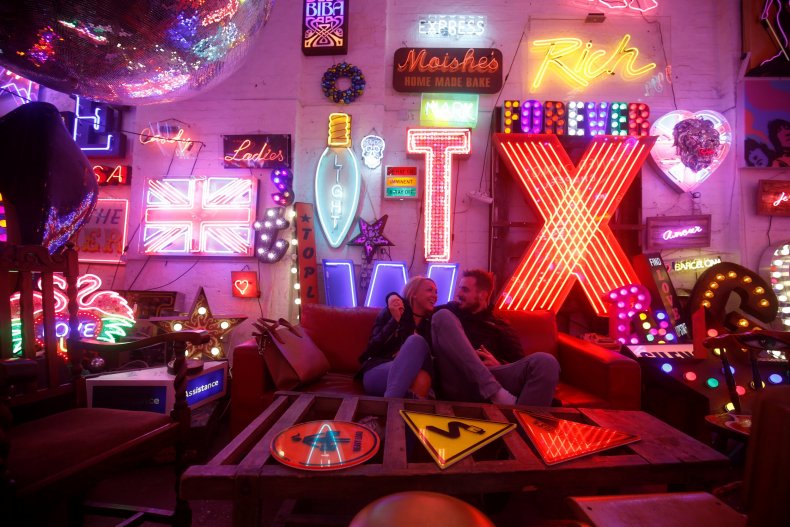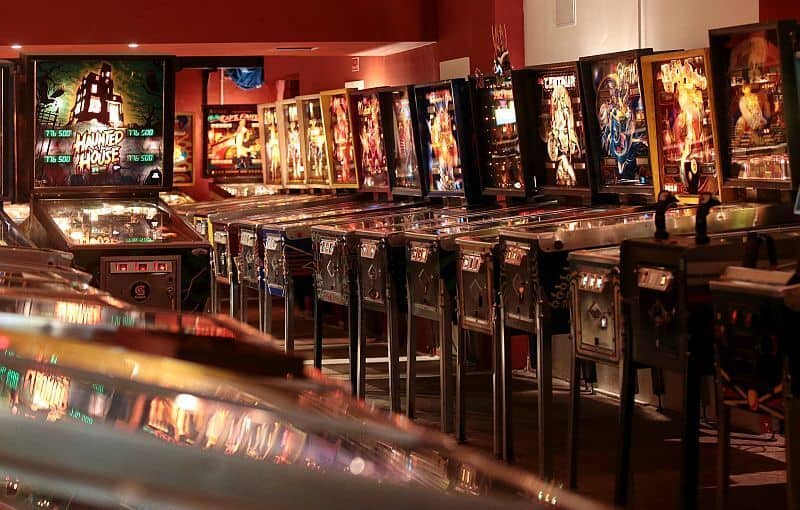The Louvre, Vatican Museums, Rijksmuseum and the National Gallery in London - are just some of the most famous museums in Europe. But the continent is home to many more; some are incredibly unique and quirky. Or would you have thought there’s a museum for heartbreak? If you’re intrigued, wait until you reach the end of the list.
Esperanto Museum, Vienna, Austria
European languages offer a myriad of interesting facts. Although most languages evolve naturally over time, some are specifically created according to a set of rules. Esperanto is one such language, and its museum is in the Austrian capital.
Esperanto museum opened in 1929, so it has a long history of telling the story. In fact, the museum is one of the world’s oldest language museums. The museum documents the language’s history and that of other constructed languages. You can find exciting objects from toothpaste to famous literary works in Esperanto. You should get a ticket granting access to the Globe museum in the same beautiful building and explore two museums simultaneously.
Museum of Miniatures, Prague, Czech Republic
Art museums are one of the best to visit, and European countries have plenty of those to go around. But if you want something different, you should head down to Prague. You’ll find tiny miniature objects and carvings there - you’ll even need a magnifying glass to admire them.
The Museum of Miniatures displays countless little objects, including copies of famous paintings. But instead of a canvas, these are painted and carved on strands of hair and pieces of wood. According to the Guinness Book of Records, the museum even hosts one of the smallest books in the world. You need to pay a fee, but it’s worth it.
Museum of Icelandic Sorcery and Witchcraft, Hólmavik, Iceland
The Museum of Icelandic Sorcery and Witchcraft is quirky and unique; an absolute must-visit if you’re in Iceland. The museum’s Icelandic name is Galdrasafnið, with collections depicting the history of sorcery in the area.
The exhibit is not for the faint-hearted. Zombies, milk-sucking demons and magical objects will surround you. Iceland has a rich history of witchcraft, and the museum tells that story in an engaging, spooky and unique way. Hólmavik is not the easiest to access, and the best way to get there is by renting a car in Reykjavik and driving down 230 kilometres to the beautiful little town. It’s a long drive, but the scenes will make it worth it.
House of Illusions, Ljubljana, Slovenia
If you require even more adventure and illusions, travel to Slovenia’s beautiful capital, Ljubljana. The House of Illusions is a quirky museum that tests your senses with mirror tricks and illusory rooms. This museum has a small entry fee, and is undoubtedly among the most famous museums on the list.
The museum’s 40 exhibits will test your understanding of reality. You can even feel what it feels like to have no gravity or party away in the Infinity Disco Room. The museum is worth visiting if you’re in Slovenia, and is suitable for adults and children.
Museum of Broken Relationships, Zagreb, Croatia
Tired of seeing happy couples and red hearts wherever you go? Well, it might be time to visit the Museum of Broken Relationships in Zagreb. The museum shows what happens when things don’t go as planned in love. Opened in 2006, the exhibition displays items left behind after relationships end.
The museum is quirky but very relatable. You will learn the stories behind the different items. Most visitors end up laughing and shedding a tear as they explore the objects. If you want, you can even leave behind your memories of past loves. The entrance fee is affordable, and you can easily explore the museum when staying in Zagreb.
Museum of the Souls of Purgatory, Rome, Italy
Rome has its fair share of excellent museums to visit. The tiny century-old Piccolo Museo Del Purgatorio, or Museum of the Holy Souls in Purgatory, is among the least known. The museum’s collection includes bibles, prayer books and articles of clothing that are said to have been signed by the hands of souls in purgatory.
The idea of purgatory is part of the Catholic faith, and the concept dates back to the 11th century. An idea spread at the time that said that trapped souls require freeing. The collection is small, and you can see everything in a single glass vase. It’s worth exploring when in Rome for a unique experience.
Neon Museum, Warsaw, Poland
When you want something a little lighter, you could explore one of Warsaw’s most famous museums, the Neon Museum. The enormous space is decimated to all things neon. You will be greeted with massive signs in all the possible colours of the rainbow.
The collection is full of colour but also intriguing stories. You learn about the signs, exploring the history and context of shop and display signs. The collection is one of the biggest of its kind, and the small entrance fee is worth the flashy experience.
The Hunt Museum, Limerick, Ireland
Limerick’s Hunt Museum has a unique origin story. John and Gertrude Hunt founded the museum with their personal collection of around 2,000 works of art and antiquities. The eclectic collection consists of paintings and artefacts. If you love history and art, you will adore the exhibition.
The museum is in a Georgian Custom House, which means the building and its surroundings are interesting to see. There’s also a stunning outdoor museum in the building’s garden with its unique exhibition. You can spend quite a bit of time walking around the serene location.
The Flipper Museum, Budapest, Hungary
You might remember the arcades of the past with their colourful pinball tables, or you might be too young to realise what we’re talking about! Either way, you should head down to Budapest and explore the Flipper Museum.
The exhibition celebrates pinball machines from the end of the 19th century to the 21st-century devices. You can find nearly 130 machines in the huge 400 square metre museum. The games offer a lovely view of the past, with bright lights, colours and sounds of pinball machines. The museum is a passion project, so support it by visiting with the family and travelling back in time.
God’s Own Junkyard, London, England
God’s Own Junkyard is another colourful and quirky museum in London. The museum is hard to categorise into a specific format. The exhibition has neon-coloured items, bright neon lights, and old retro things from businesses and films. There is a bit of everything in the quirky, small museum.
You will be surrounded by thousands of weird and wonderful signs and artworks. The museum is free to enter, and there’s a delicious cafe you should visit to show your support for this unique passion project.
Exploring the unique European museums
Europe is home to many lesser-known museums, and this list is but a scratch of the surface. You could even go to the National Azulejo Museum in Lisbon, which celebrates the beauty of tiles. And once Lviv is back on its feet after the bitter war in Ukraine, you should explore the Salo Museum, which is all about pork fat… Yes, Europe truly is home to the weird and wonderful.





